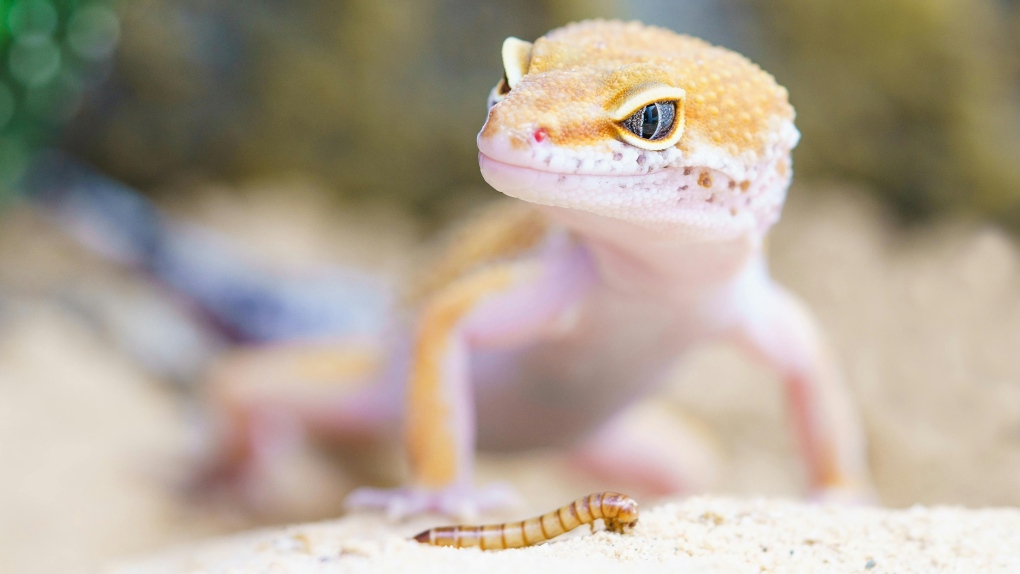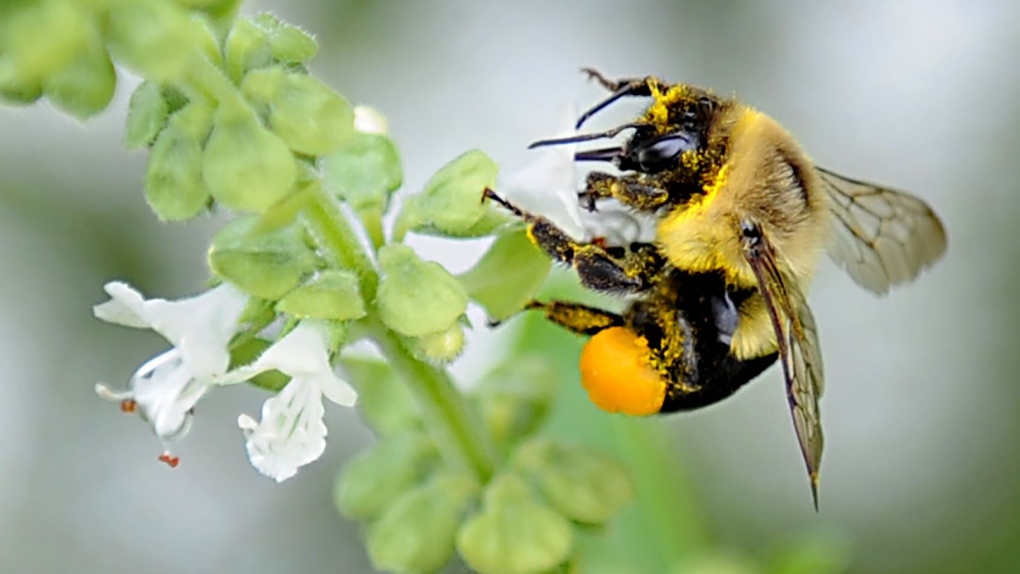New theoretical research is uncovering why certain species have shrunk over time.
Researchers with University of Reading in Berkshire, England, assessed the gradual shrinking of Alaskan horses, cryptodiran turtles and island lizards in order to evaluate two key ecological factors: the risk of extinction from the environment and cross-species competition for limited resources.
The study, published in Communications Biology, is based on fossil records and computer models which simulate evolutionary trajectories.
“Just like how we try to adapt to hot or cold weather depending on where we live, our research shows animal size can get bigger or smaller over long periods depending on the habitat or environment,” study researcher Shovonlal Roy, an ecosystem modeller with the University of Reading, said in a press release.
“In places and times where there’s lots of competition between different species for food and shelter, animal sizes often get smaller as the species spread out and adapt to the distribution of resources and competitors,” Roy explained.
Small horses that lived in Alaska during the Ice Age, for example, rapidly shrank due to changes in the climate and vegetation, the study suggests.
“Where direct competition is less, sizes tend to get bigger, even though being really big and few in number can make animals more vulnerable to dying out – such as what happened with the dinosaurs,” Roy said.
Roy added that ecological factors can explain while why fossil records show confusing patterns, “with some lineages shrinking over time and others growing.”




